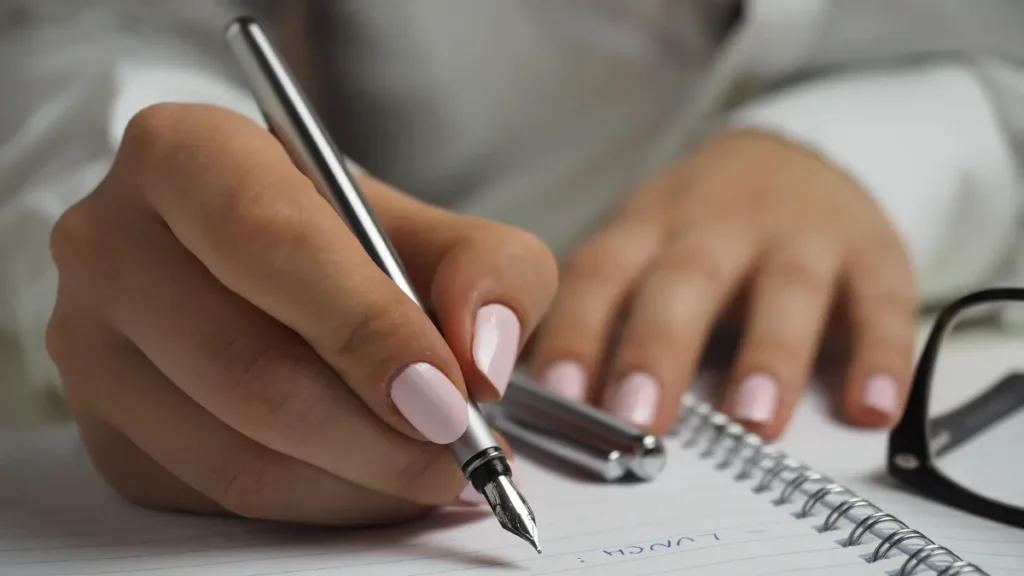A grant proposal can feel like a complex, intimidating document. Many Nigerian NGOs, despite doing incredible work on the ground, struggle to translate that impact into a compelling written case for funding. The result? A rejected proposal and a missed opportunity.
Think of a grant proposal like a human body. For it to be strong and effective, every part must be present, healthy, and work in harmony with the others. A brilliant solution (the hands) is useless without a clear problem statement (the heart). A detailed budget (the fuel) means nothing without a plan for measuring success (the eyes and ears).
This guide will dissect the Anatomy of a Winning Grant Proposal, breaking it down section by section. We’ll explore the function of each part so you can move from writing good proposals to writing funded proposals.
Before You Write: The Skeleton
Before you even type a single word, you must read and re-read the funder’s guidelines or Request for Proposals (RFP). The guidelines are the skeleton upon which you will build your proposal. Ignoring them—failing to use the right font size, exceeding the page limit, or not answering a specific question—is the fastest way to get disqualified.
The Anatomy of a Winning Grant Proposal: The Breakdown
While every funder may have slight variations, most successful proposals contain these nine core components.
1. The Cover Letter: The Handshake
This is a brief, one-page letter that introduces your organization and your request. It should be professional, concise, and addressed to a specific person if possible.
- Tips for Success:
- Briefly introduce your NGO.
- State the project title and the amount you are requesting.
- Show you have done your research by mentioning how your project aligns with the funder’s mission.
- Provide contact information.
2. The Executive Summary: The Head
This is the single most important page of your entire proposal. It is a complete, standalone summary of your entire request. A busy program officer may only read this section to decide if the rest of your proposal is worth their time. It should be written last, after all other sections are complete.
- What to Include:
- The Problem: A brief, powerful statement of the need.
- The Solution: A concise summary of your project.
- The Ask: The total funding required.
- The Impact: What success will look like.
3. The Needs/Problem Statement: The Heart
This is where you make the emotional and logical case for your project. You must convince the funder that a significant, urgent problem exists that your NGO is equipped to solve. Use a mix of data (the logic) and stories (the emotion).
4. Goals and Objectives: The Brain
This section brings clarity and focus.
- Goal: The broad, long-term impact you hope to achieve (e.g., “To improve maternal health in rural XYZ community”).
- Objectives: These must be SMART (Specific, Measurable, Achievable, Relevant, Time-bound). (e.g., “To decrease the maternal mortality rate in XYZ community by 15% within 24 months”).
5. Methods and Activities: The Hands and Feet
Here, you detail exactly what you are going to do to achieve your objectives. This is the “how” of your project. Be specific about the activities you will undertake, the timeline for each, and who is responsible.
6. Monitoring & Evaluation (M&E): The Eyes and Ears
How will you know if you are succeeding? The M&E section explains how you will track progress and measure your impact. Funders want to see that you are committed to learning and accountability.
7. Organizational Capacity: The Backbone
Why is your NGO the right one for this job? This section describes your organization’s history, mission, and track record of success. Introduce your key staff and their qualifications to build the funder’s confidence in your ability to deliver.
From Anatomy to Action: Finding the Right Funder
A perfectly constructed proposal is useless without a funder to send it to. Knowing the Anatomy of a Winning Grant Proposal is only half the battle. The other half is strategic intelligence—finding funders who are actually interested in your type of project. This is where grantsdatabase.org becomes your essential partner. We don’t just list grants; we provide insights into what funders want, helping you match your perfect proposal with the perfect funding opportunity. Our resources on proposal writing can help you refine each section even further.
8. The Budget and Budget Narrative: The Fuel
Your budget is a numerical representation of your project. Every line item must be justified and directly related to your proposed activities. The Budget Narrative explains why each cost is necessary. For excellent templates and guidance, resources from non-profit finance experts like FMA (Fiscal Management Associates) are invaluable.
9. The Sustainability Plan: The Future
Funders want to know what will happen after their grant money runs out. How will the project’s impact continue? This section should outline your plan for securing future funding or integrating the project into existing structures.
Conclusion
A winning grant proposal is not a collection of disconnected sections; it’s a single, cohesive story. The needs statement justifies the objectives. The activities logically flow from the objectives. The budget provides the necessary resources for the activities, and the M&E plan measures the success of it all.
By understanding the function of each part and ensuring they all work together, you can move from simply asking for money to building an undeniable case for investment in your vision.

1 Comment
Pingback: EU Funding for West African NGOs | Grants Database